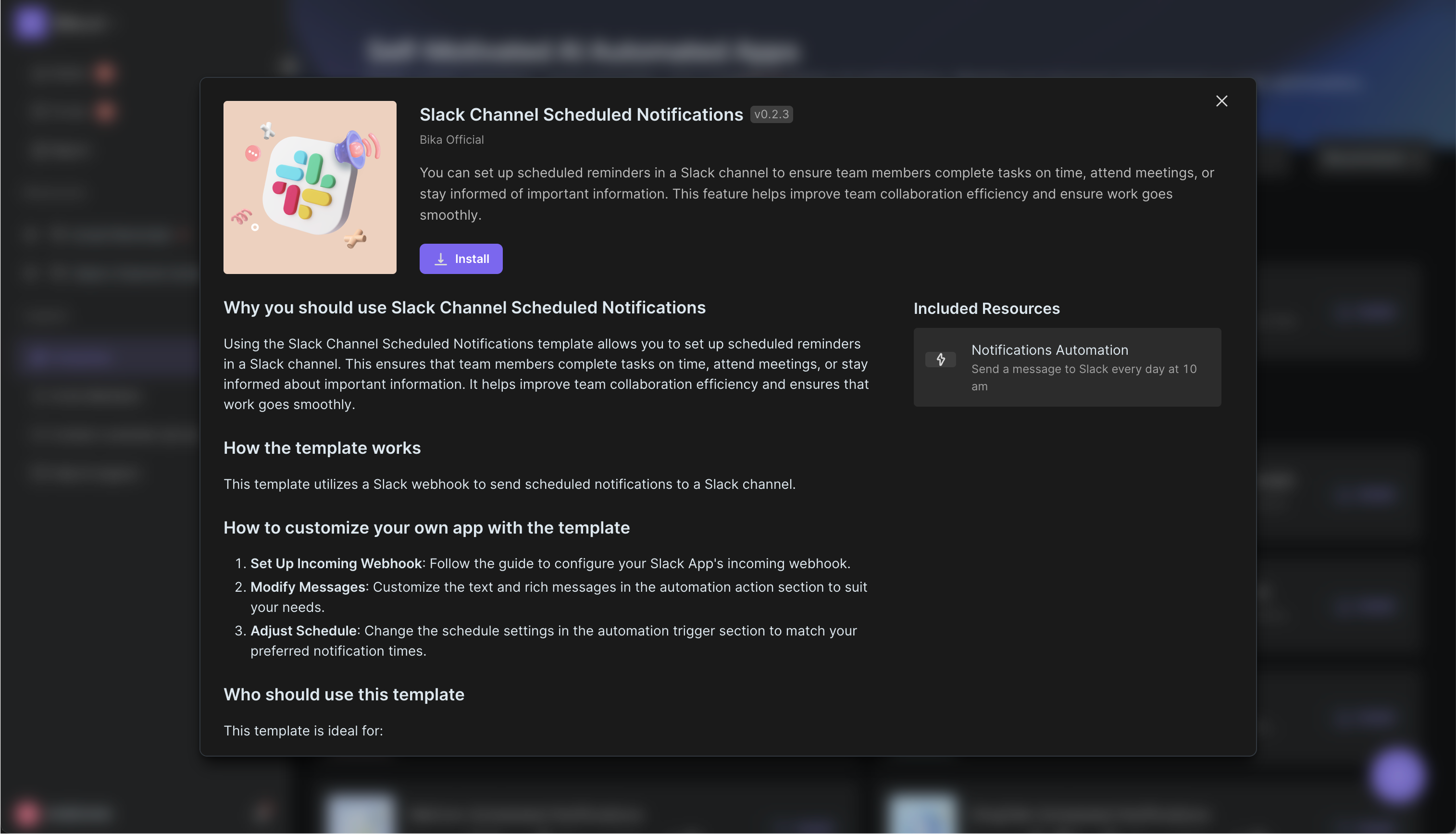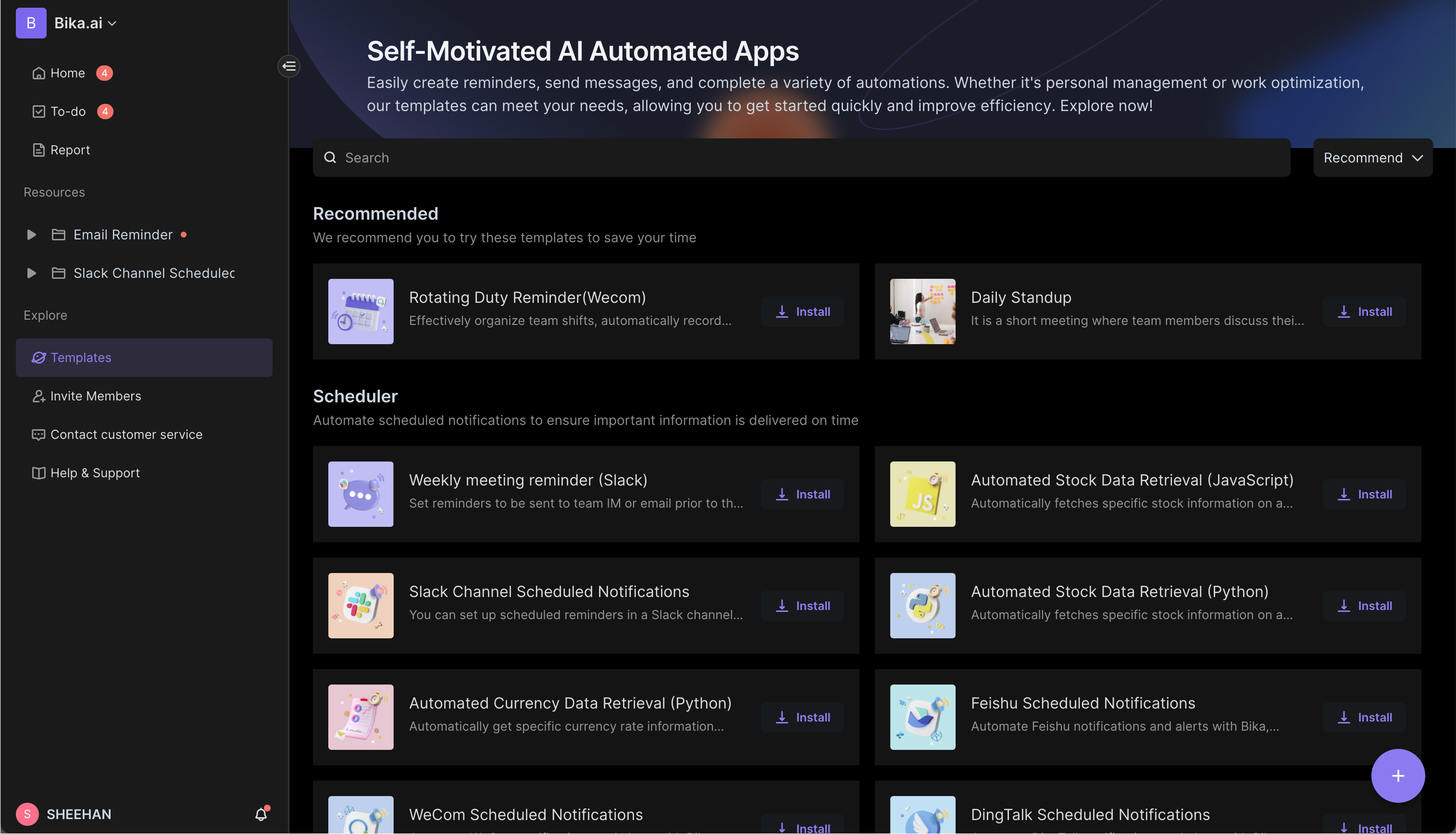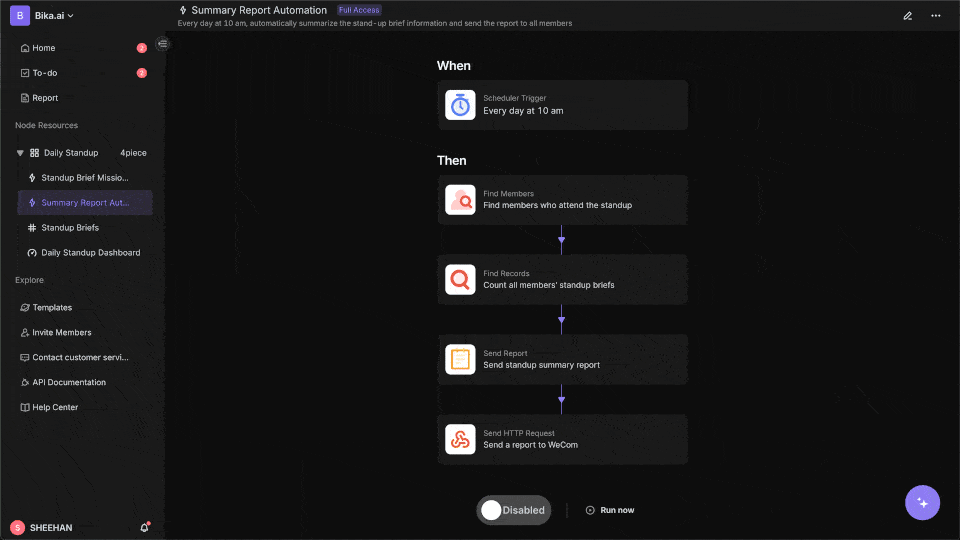
Unleash Collective Intelligence: How Agent Swarm Revolutionizes AI Team Building
The Dawn of Collective Intelligence: Understanding Agent Swarm
Artificial Intelligence has come a long way from its humble beginnings. Initially, single - agent AI systems dominated the landscape, handling tasks with remarkable precision within their defined scope. However, as the complexity of real - world problems grew, the limitations of these solitary agents became evident. This realization has led to the emergence of a new paradigm: the agent swarm.
An agent swarm can be defined as a collection of multiple AI agents that collaborate to achieve a common goal. These agents are not just individual entities working in isolation; they communicate, share information, and adapt their behavior based on the collective knowledge of the group. This collaborative approach is inspired by natural swarms, such as ant colonies or bird flocks, where the combined actions of many simple individuals result in complex, intelligent behavior.
The concept of agent swarms is gaining traction for several reasons. Firstly, it offers a more robust and flexible approach to problem - solving. Since multiple agents can work in parallel, they can handle larger - scale and more intricate problems that would overwhelm a single - agent system. Secondly, the distributed nature of agent swarms means that if one agent fails, the others can continue to operate, ensuring the overall functionality of the system.
:::: key-takeaways ::::
- An agent swarm is a group of multiple AI agents collaborating towards a common goal.
- It's inspired by natural swarms and their emergent behavior.
- Agent swarms are becoming popular due to their enhanced problem - solving capabilities and robustness. ::::
Beyond Single Agents: How Agent Swarms Work
In an agent swarm, the interaction between agents is governed by a set of communication protocols. These protocols enable agents to exchange information about their tasks, status, and any relevant data. For example, in a swarm of agents working on a large - scale data analysis project, one agent might discover a pattern in a subset of the data and communicate this finding to the other agents.
Task decomposition is another crucial aspect. Complex tasks are broken down into smaller, more manageable subtasks, which are then assigned to different agents. This division of labor allows for parallel processing, significantly reducing the overall time required to complete the task.
Collaboration among agents leads to emergent behavior. Emergent behavior refers to the unexpected and often complex behavior that arises from the interactions of simple agents. For instance, in a swarm of drones used for environmental monitoring, the individual drones may have simple rules for movement and data collection. However, when they work together, they can form complex patterns in the air to cover a large area more efficiently.
When compared to traditional single - agent AI systems, agent swarms have several advantages. Single - agent systems are often limited by their computational resources and the scope of their pre - programmed knowledge. In contrast, agent swarms can adapt to new situations more easily. If a new challenge arises during a project, the agents in the swarm can communicate and re - allocate tasks to address the issue. Additionally, agent swarms are more robust. In a single - agent system, a hardware failure or a software glitch can bring the entire operation to a halt. But in an agent swarm, the remaining agents can pick up the slack.

The Promise and Potential Applications of Agent Swarms
Agent swarms have the potential to revolutionize a wide range of industries.
In complex scientific research, such as drug discovery, agent swarms can be used to analyze vast amounts of chemical data. Each agent can focus on a specific aspect, like the interaction of a particular class of molecules. By collaborating, they can identify potential drug candidates more quickly than traditional methods. In climate modeling, swarms of agents can process data from different sources, such as satellite imagery, weather stations, and ocean buoys, to create more accurate climate models.
In the business world, automated enterprise workflows and supply chain optimization can benefit greatly from agent swarms. Agents can monitor different parts of the supply chain, from raw material sourcing to product delivery. They can communicate in real - time to adjust production schedules, re - route shipments, and ensure that the entire supply chain runs smoothly.
Financial market analysis and trading is another area where agent swarms can make a significant impact. Agents can analyze market trends, news, and historical data simultaneously. They can then collaborate to make more informed trading decisions, taking into account a wider range of factors than a single - agent trading system.
In the realm of robotics and autonomous systems, drone swarms can be used for tasks like search and rescue operations. The drones can communicate with each other to cover a large area more effectively, sharing information about potential survivors or obstacles. In smart factories, swarms of robotic agents can work together to assemble products, with each agent performing a specific task in a coordinated manner.
In gaming and virtual environments, agent swarms can create more realistic and dynamic non - player characters (NPCs). These NPCs can interact with each other and the player in more complex ways, enhancing the overall gaming experience.
Notable in the exploration of multi - agent systems is the "OpenAI Swarm," which is part of the broader movement in this field. OpenAI's initiatives are contributing to the research and development of agent swarms, pushing the boundaries of what is possible in terms of collective intelligence.
For more information on agent swarms, you can refer to these highly reputable sources: RelevanceAI's article on agent swarms and CIO's article on agent swarms as an evolutionary leap in intelligent automation.

From Theory to Practice: Building Your AI Team with Bika.ai
The concept of agent swarms, once confined to the realm of academic research, is now becoming accessible to a wider audience. Bika.ai is at the forefront of this trend, providing a platform that allows users to build their own AI teams, or agent swarms.
Bika.ai simplifies the process of assembling different AI agents or functionalities. Users can combine these components to create customized solutions for specific tasks or workflows across various domains. Whether it's in the field of business, education, or research, Bika.ai offers an easy - to - use interface for deploying and customizing agent swarms. This means that even those without extensive AI knowledge can leverage the power of collective intelligence.

Spotlight on the Course Scheduling Template: An Example AI Team in Action
The Course Scheduling Template on Bika.ai serves as an excellent example of an agent swarm in a practical setting. Scheduling classes is a complex task that involves juggling multiple factors such as course availability, room capacity, and instructor schedules.
This template simplifies the process by centralizing all necessary information. It consists of three interconnected databases: All Courses, All Rooms, and All Classes. The All Courses database holds details like course name, description, code, credit rating, and more. The All Rooms database provides information about the physical spaces, including building, room number, and capacity. The All Classes database manages the actual class schedule, linking to the relevant courses and rooms.
By using this template, educational institutions, training centers, or any organization that needs to manage class scheduling can streamline their processes. Administrators, schedulers, and educators can efficiently allocate resources, saving time and effort.
The key features of this template, such as centralized information, intuitive design, and efficient resource management, exemplify the "agent swarm" principle. The different databases act as agents, communicating and collaborating to provide a comprehensive scheduling solution.
Users can easily adapt this template for their own needs. For example, a university with unique course requirements or a training center with specific room usage policies can modify the databases accordingly.
Try the Course Scheduling Template
The Future is Collaborative: Empowering Users with Agent Swarms
Agent swarm technology has the potential to transform the way we approach problem - solving. Platforms like Bika.ai are democratizing access to this powerful technology, allowing users to move from relying on individual AI tools to building coordinated AI teams.
The value of agent swarms lies in their ability to handle complex tasks more efficiently, adapt to changing situations, and provide more robust solutions. By encouraging users to explore Bika.ai to build their own AI teams, we are enabling them to redefine their approach to automation and problem - solving.

FAQ
Q: What is the main advantage of an agent swarm over a single - agent AI system? A: The main advantage is that agent swarms are more robust, flexible, and can handle more complex problems. They can adapt to new situations, and if one agent fails, the others can continue to operate. In contrast, single - agent systems are limited by their computational resources and pre - programmed knowledge.
Q: How does Bika.ai help in building an agent swarm? A: Bika.ai provides a platform that simplifies the process of assembling different AI agents or functionalities. It offers an easy - to - use interface for deploying and customizing these components to create agent swarms tailored to specific tasks or workflows across various domains.
Q: Who can benefit from using the Course Scheduling template on Bika.ai?
A: Educational institutions, training centers, administrators, schedulers, and educators can benefit from this template. It helps in streamlining the class - scheduling process and ensuring efficient resource allocation.

Recommend Reading
- Grow Faster, Work Less: Top Marketing Automation Tools for Startups
- Which AI Content Detector is Right for You? A 2025 Comparison
- Choosing the Right AI Content Detector in 2025: A Comprehensive Review
- Top RSS Reader Picks for 2025: Your Guide to Smarter Content Curation & Advanced Automation
- Achieve Peak Email Efficiency: The Best Email Client for Mac Meets NPS Customer Referral Value Automation
Recommend AI Automation Templates





